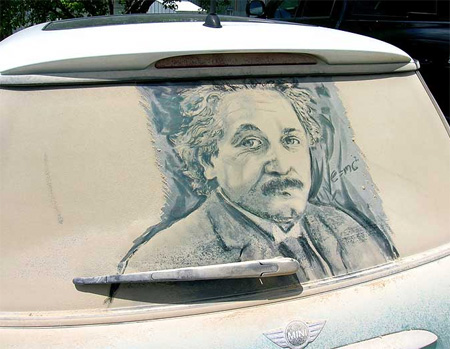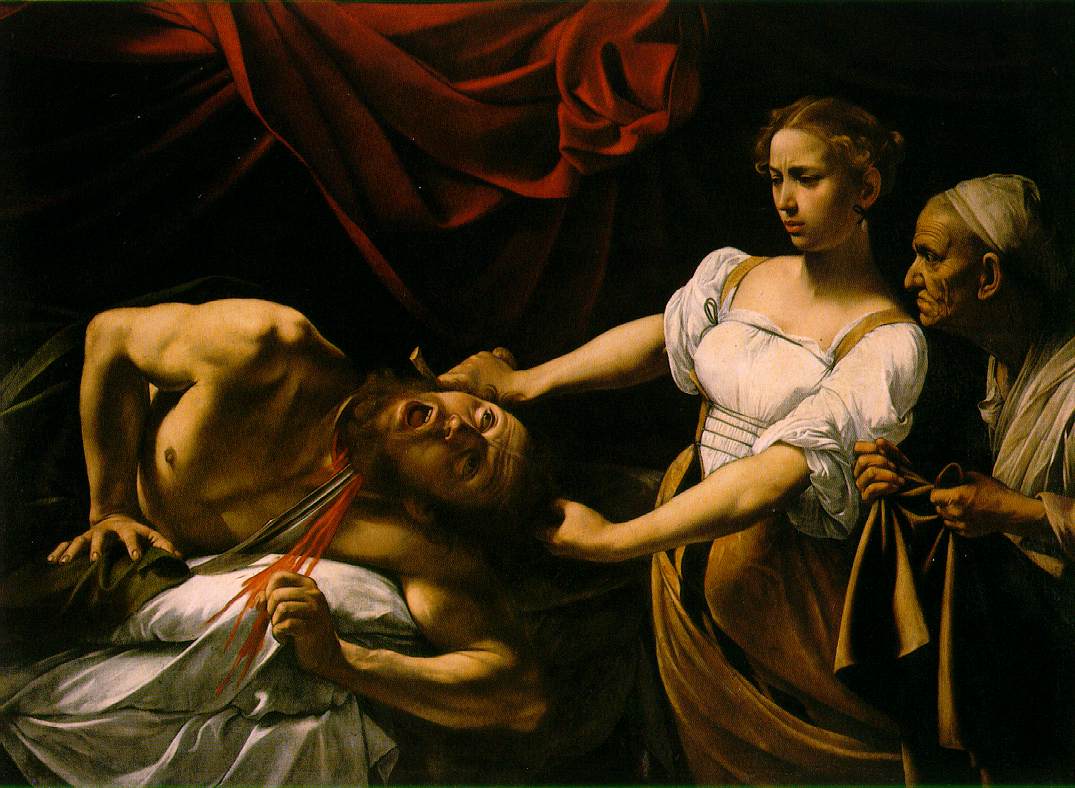With the ubiquity of Photoshop, many have abandoned their seeing skills. (think "control+L"/ crunch Levels) If you have seen stenciled Street-Art? You most likely would have seen a digital version of chiaroscuro... (Through Photoshop)
Remember that Hope poster designed by Shepard Fairey for the Obama presidential ?
Well, that's a digital chiaroscuro.
Ever wonder how he arrived at the shapes for the final poster ? Chiaaaaroscuro.
When traditional painters advocate the technique of squinting eyes ? Its pretty much the same deal.
Shepard Fairey's poster was acquired by the Smithsonian Institution in 2009 for its National Portrait Gallery. Interestingly, he was sued by Associated Press for a using someone's photograph without permission. (He lost the case in the end)
 |
| Digital Leveling is similar to squinting your eyes to see the extreme light versus dark. |
In fact, chiaroscuro always seem to impress...I am sure you have heard of girl/boy who can draw or paint with coffee stains, hair or dirt ?? Well the list goes on....
 |
| Example of Chiaroscuro in modern context. |
 |
| Another example of Chiaroscuro |
Why is this important in painting ?
Think about it. If you can construct an image in just two tones ? You would have effectively secure a recognizable picture with a wide margin for other creative expressions (colors, texture and etc).
This is why its important to squint your eyes until you are well conditioned in "seeing"extreme/light shapes. Of course, with digital imaging and applications, many have chosen to let the software "see" for them. When you understand this and some color theory, you realize that it isn't too difficult to match a painting to a photograph,
Now Lets look at how I draw with Chiaroscuro
With just one light source, there is clarity to the shapes that I will draw.
Squinting your eyes collapse the values and allow you to decide on the region that you would designate light/dark shapes. Remember, the objective is to be able to recognize just two tones.
 |
| I set up a bust lit with one light source for Chiaroscuro |
 |
| When its black and white and if you squint hard ... the shapes should be similar to these. This allow you to first lock in light versus dark shapes. |
 |
| After I establish the light and dark shapes, I stop squinting and begin to observe the relationship of dark among the shapes. |
Lets not forget the old master, Caravaggio who is known for his Chiaroscuro
 |
| Caravaggio was all about the Chiaroscuro :) Back then, they would do a value study underneath and glaze it to perfection after. |
 |
| My white board marker doodle of Raft of the Medusa, by Gericault.... I didn't manage to finish before I ran out of marker ink.(two tones is more than enough to make an image) |
Raft of the Medusa, remains to be one of my favorite painting.
Glad to have seen it 2 years ago at The Louvre.








